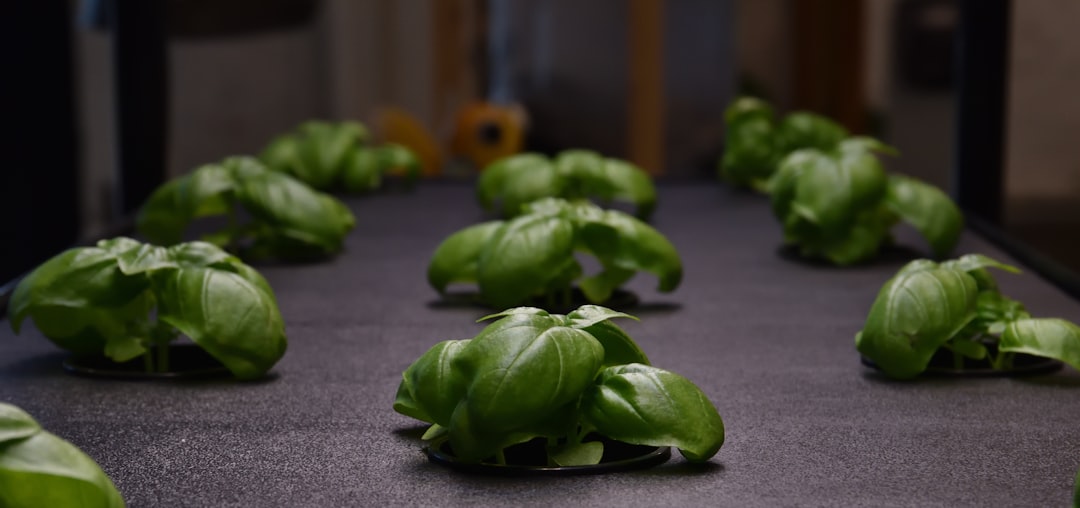Hydroponic gardening offers incredible control over growing conditions, but like any cultivation method, it isn’t immune to pests and diseases. In a soilless system, problems can spread quickly if not addressed promptly. In this post, we’ll explore effective prevention methods and treatments to keep common hydroponic pests and diseases at bay, ensuring your plants remain healthy and productive.
Understanding the Risks
Even in controlled environments, hydroponic systems can face challenges from pests like aphids, spider mites, whiteflies, and fungus gnats, as well as diseases such as root rot, powdery mildew, and damping-off. Since plants are grown in a nutrient-rich water solution, any contamination can quickly become an issue if not managed properly.
Prevention Strategies
1. Maintain a Clean Environment
-
Sanitize Regularly:
Clean your equipment, reservoirs, and growing areas frequently. Remove any plant debris and disinfect surfaces to minimize the risk of pathogens. -
Sterilize Tools:
Use disinfectants on tools before making cuts or pruning plants to prevent the spread of disease. -
Filter and Monitor Water:
Use proper filtration systems and regularly test water quality to ensure it remains free of contaminants that might encourage pest and disease development.
2. Optimize Growing Conditions
-
Control Humidity and Temperature:
Maintaining optimal environmental conditions can deter pests and slow the growth of fungal diseases. Aim for a balanced humidity level and use proper ventilation and climate control. -
Regular Monitoring:
Install sensors to monitor temperature, humidity, and water quality. Frequent checks can help you catch early signs of issues before they become severe. -
Healthy Plant Practices:
Avoid overfeeding plants, as excess nutrients in the water can lead to an imbalance that promotes the growth of harmful pathogens.
3. Use Preventative Treatments
-
Beneficial Insects:
Introduce natural predators like ladybugs or predatory mites to help control pest populations without the need for chemical interventions. -
Biological Controls:
Products containing beneficial bacteria or fungi can outcompete harmful pathogens in the root zone, reducing the risk of diseases like root rot. -
Organic Sprays:
Use neem oil or insecticidal soaps as preventive measures. These treatments can deter pests without harming beneficial organisms when applied early.
Identifying and Treating Common Pests
Aphids, Spider Mites, and Whiteflies
-
Identification:
Look for small, soft-bodied insects on the undersides of leaves. Aphids often cluster in large groups, while spider mites leave fine webs, and whiteflies are seen fluttering when disturbed. -
Treatment:
-
Physical Removal: Use a strong stream of water to dislodge these pests.
-
Insecticidal Soap or Neem Oil: These organic treatments are effective against a range of small insects.
-
Introduce Beneficial Insects: Ladybugs, lacewings, or predatory mites can help keep these populations under control.
-
Fungus Gnats
-
Identification:
Adult fungus gnats are tiny flies hovering around the growing medium, while their larvae can be found in the water or nutrient solution. -
Treatment:
-
Sticky Traps: Use yellow sticky traps to catch adult gnats and monitor infestation levels.
-
Biological Controls: Beneficial nematodes or Bacillus thuringiensis israelensis (Bti) can target the larvae in the water reservoir.
-
Reduce Excess Moisture: Adjust watering practices to reduce overly damp conditions that encourage gnats.
-
Addressing Common Diseases
Root Rot
-
Identification:
Discolored, mushy, or foul-smelling roots are common signs of root rot, often caused by pathogens like Pythium. -
Treatment:
-
Improve Oxygenation: Enhance water circulation and use air stones to boost dissolved oxygen levels.
-
Clean and Disinfect: Remove affected plants immediately, and clean the system thoroughly to prevent spread.
-
Biocontrol Agents: Consider adding beneficial microbes that combat the pathogens responsible for root rot.
-
Powdery Mildew and Damping-Off
-
Identification:
White, powdery spots on leaves indicate powdery mildew, while damping-off affects seedlings, causing them to wilt and die. -
Treatment:
-
Air Circulation: Increase ventilation to reduce humidity around the plants.
-
Organic Fungicides: Use fungicidal sprays that contain ingredients like potassium bicarbonate or sulfur to treat early signs of mildew.
-
Proper Spacing: Ensure seedlings have enough space and light to prevent the dense conditions that favor damping-off.
-
Monitoring and Maintenance
-
Regular Inspections:
Check your plants daily for any early signs of infestation or disease. Early detection is key to effective treatment. -
Document Changes:
Keep a log of any treatments applied and changes in the growing environment. This helps in tracking the effectiveness of your interventions and adjusting practices for future cycles. -
Rotate Crops:
Avoid planting the same species repeatedly in one system. Crop rotation can reduce the buildup of specific pests and pathogens.
Conclusion
Preventing and treating pests and diseases in hydroponic systems is a continuous process that involves vigilant monitoring, preventive practices, and prompt intervention when issues arise. By maintaining a clean environment, optimizing growing conditions, and utilizing both organic and biological controls, you can safeguard your hydroponic garden against common challenges. With these strategies, you’ll be well-equipped to ensure your plants thrive, leading to a healthy, high-yielding crop cycle.

Comments
No comments yet. Be the first to comment!
You must be logged in to comment. Login